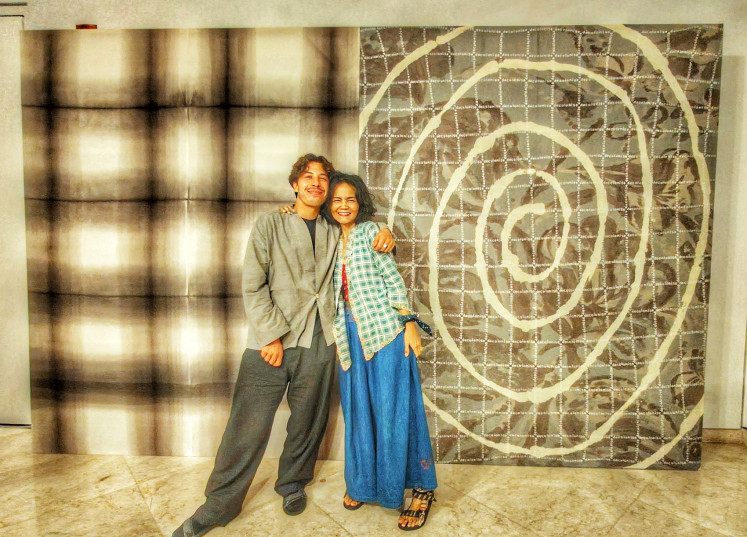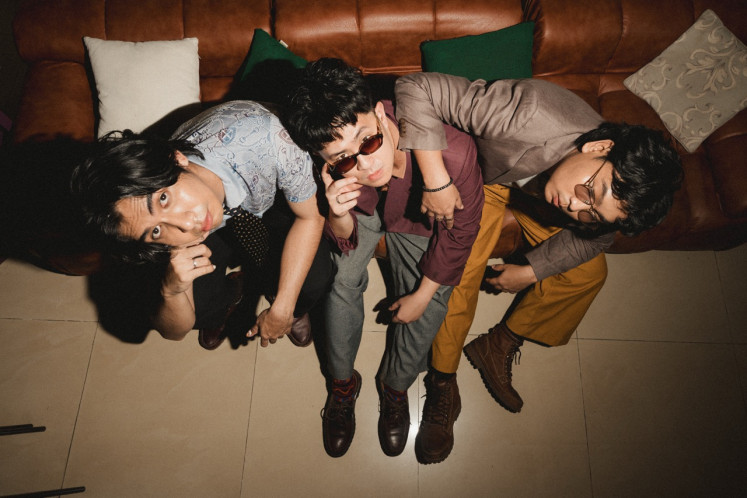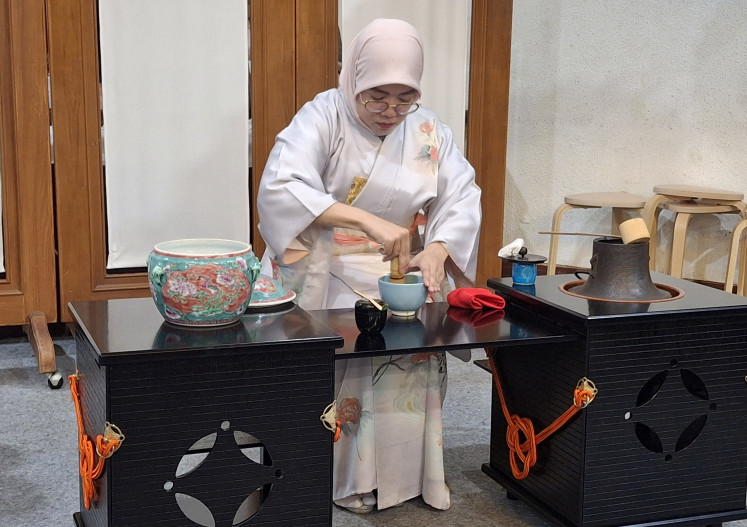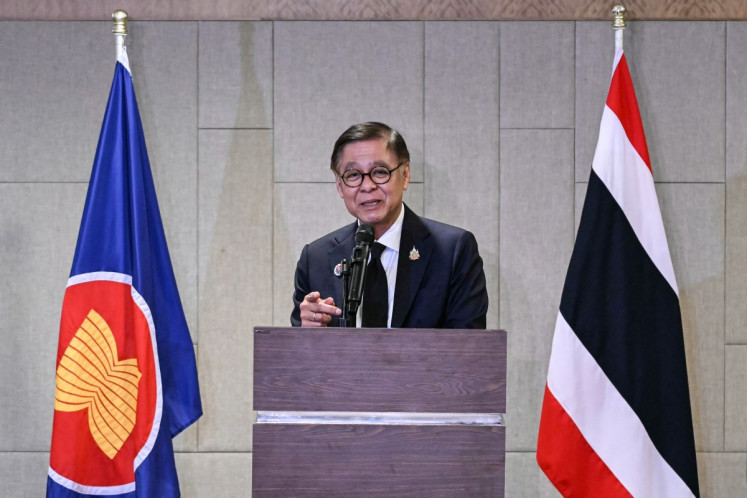Popular Reads
Top Results
Can't find what you're looking for?
View all search resultsPopular Reads
Top Results
Can't find what you're looking for?
View all search resultsCIA's in-house museum adds new spy exhibits
Change text size
Gift Premium Articles
to Anyone
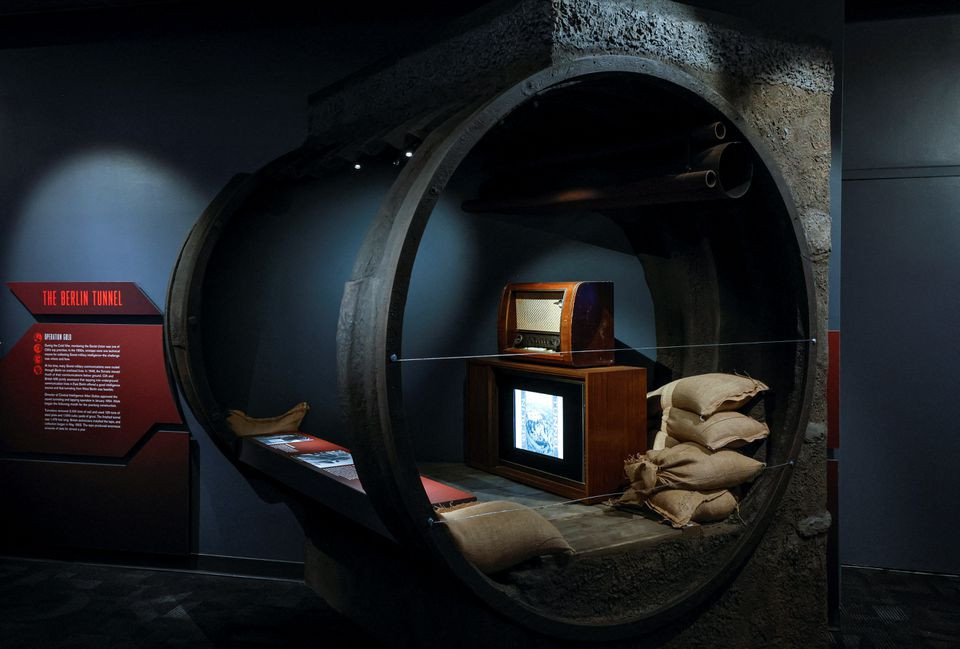 ‘Museum pieces’: A replica of the tunnel that spanned West to East Berlin, built jointly by the United States’ Central Intelligence Agency (CIA) and Britain’s Secret Intelligence Service (MI-6) during the Cold War, is on display at the revamped CIA Museum at the agency’s headquarters in McLean, Virginia. (Reuters/Evelyn Hockstein)
‘Museum pieces’: A replica of the tunnel that spanned West to East Berlin, built jointly by the United States’ Central Intelligence Agency (CIA) and Britain’s Secret Intelligence Service (MI-6) during the Cold War, is on display at the revamped CIA Museum at the agency’s headquarters in McLean, Virginia. (Reuters/Evelyn Hockstein)
T
ucked away in the corridors of its headquarters in Langley, Virginia, the revamped Central Intelligence Agency (CIA) Museum, while still closed to the public, is revealing some newly declassified artifacts from the United States spy agency's most storied operations since its founding 75 years ago.
Top among them is a scale model, slightly more than a foot (30.5 centimeters) long, of the compound in Kabul, Afghanistan, that was used to brief President Joe Biden before the drone strike that killed al Qaeda leader Ayman al-Zawahiri just two months ago.
"It's very unusual for something to get declassified that quickly," said Janelle Neises, the museum's deputy director.
"We use our artifacts to tell our stories. It's a way to be really honest and transparent about the CIA, which is sometimes hard," said Neises, who joined the museum's director Robert Byer on Saturday in leading a media tour of renovated exhibits.
The items, some of which are available to view online, are part of a broader effort to expand public outreach and recruitment by the legendary but secretive agency, known in some quarters as much for its scandals as for its intelligence successes.
CIA officials often say that the agency's successes are secret, but its failures sometimes public.
The outreach effort includes the launch earlier this week of the CIA's first public podcast, on which director William Burns said the agency sought to "demystify" its work at a time when "trust in institutions is in such short supply”.
The hundreds of museum items, some of which have been on display since the 1980s, are all declassified. Neises said the agency did loan some to presidential libraries and other nonprofit museums from time to time.
On view for those cleared to visit: the AKM assault rifle toted by Osama bin Laden the night US Navy SEALs killed him in a raid on his Abbottabad, Pakistan, compound in 2011, and a leather jacket found with former Iraqi president Saddam Hussein when he was captured in 2003.
Other exhibits range from flight suits worn by pilots of Cold War-era U-2 and A-12 spy planes to a wood-framed saddle, similar to those used by members of CIA's Team Alpha as they navigated Afghanistan's mountainous terrain by horseback shortly after the Sept. 11, 2001 attacks on the US.
None of the items, all of which are considered US government heritage assets, have been assessed for value.
"Our museum is operational," Neises said. "It's here for our workforce to learn from our successes and failures."





